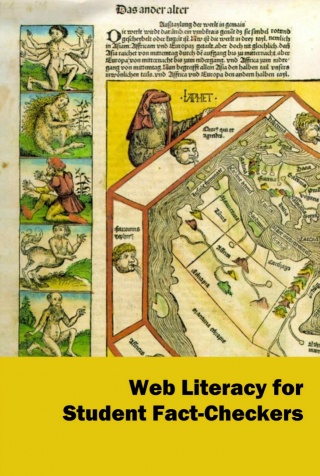Learning in a digital age/LiDA104/Fact checking/Four moves
From WikiEducator
In Digital literacies for online learning (LiDA101) we explored frameworks for evaluating the credibility and reliability of scholarly online resources. However, media literacy also requires that you develop web skills for fact-checking in the contemporary digital world of "fake news".
Practical example
Consider for example, this reflection published by Maha Bali on a falsification story that circulated through social media in Egypt. It is not clear what the original intentions of the falsifier were, but this provides a practical illustration of the importance of the skills of discernment when viewing online media.
Prescribed text
The following text is prescribed for this learning pathway:
- Caulfield, M. A. (2017). Web Literacy for Student Fact-Checkers.
You can use the online version, download the pdf version or epub version.
Reference
- ↑ Adapted from Caufield, M. 2018. Civix releases new online media literacy videos.


